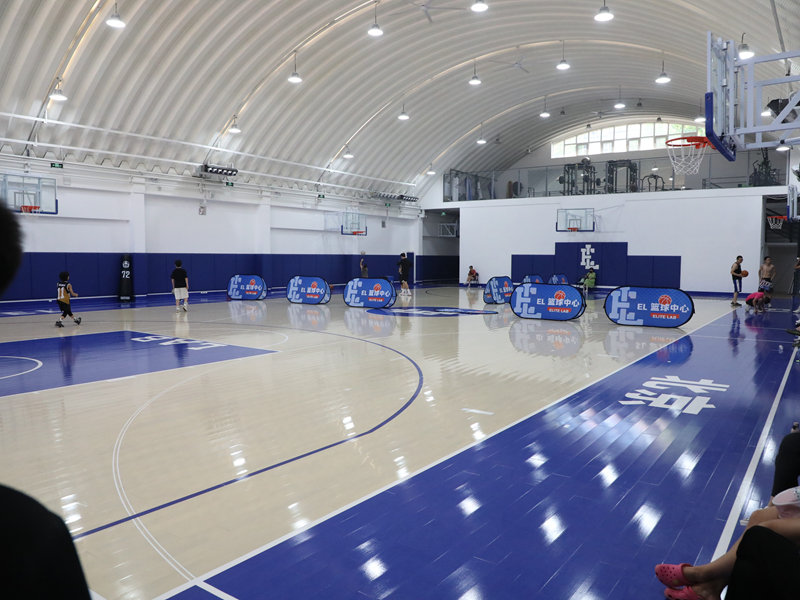Hard maple’s supremacy in sports flooring stems from its unique cellular structure. The wood’s high density (approximately 700 kg/m³) provides exceptional durability, resisting dents and scratches from athletic gear. Its tight grain pattern minimizes water absorption, preventing swelling or rot—a critical feature for indoor environments with fluctuating humidity.
From a biomechanical perspective, hard maple’s shock absorption (measured by force reduction) reduces impact on athletes’ joints by up to 58%, according to studies. This is attributed to the wood’s ability to deform slightly under pressure, then rebound efficiently. The surface’s coefficient of friction—neither too slippery nor too sticky—optimizes traction for quick cuts and jumps.
Additionally, hard maple’s acoustic properties create a resonant, lively atmosphere during games, enhancing player and spectator experience. When engineered into portable systems, these scientific benefits are preserved, offering elite performance without the permanence of traditional installations. For sports scientists and facility managers alike, hard maple remains the benchmark for safety and playability.

Leave a Reply